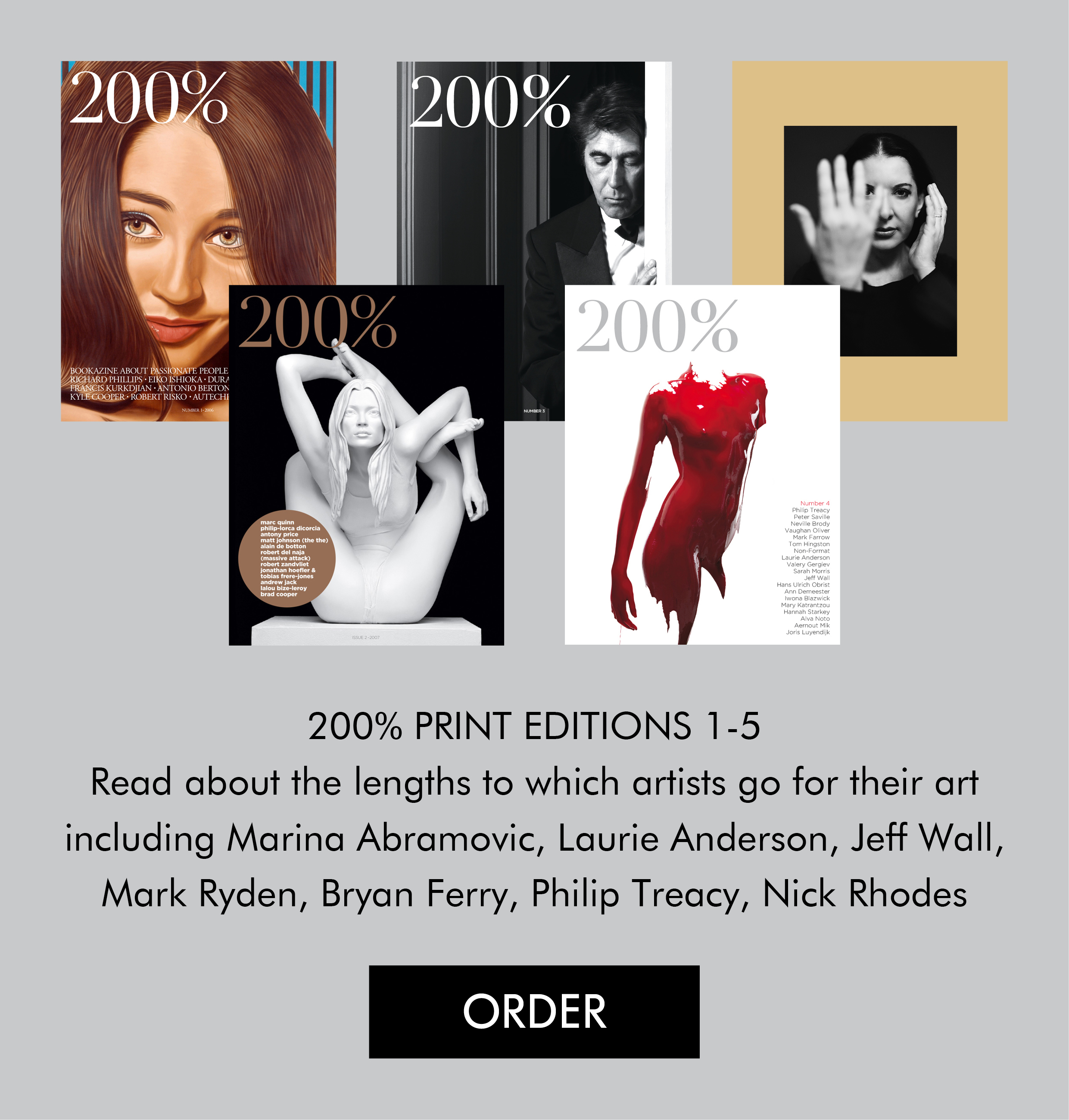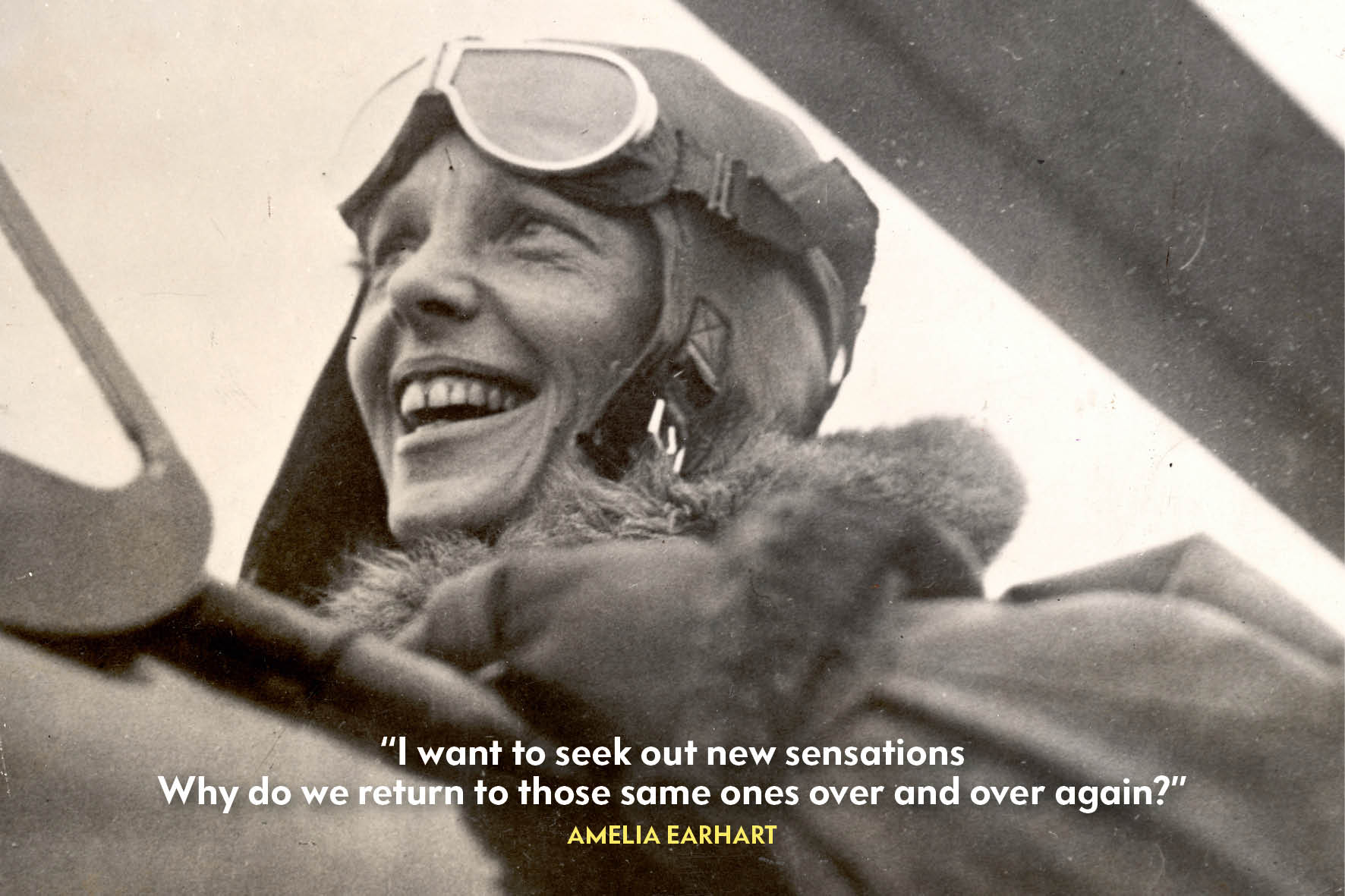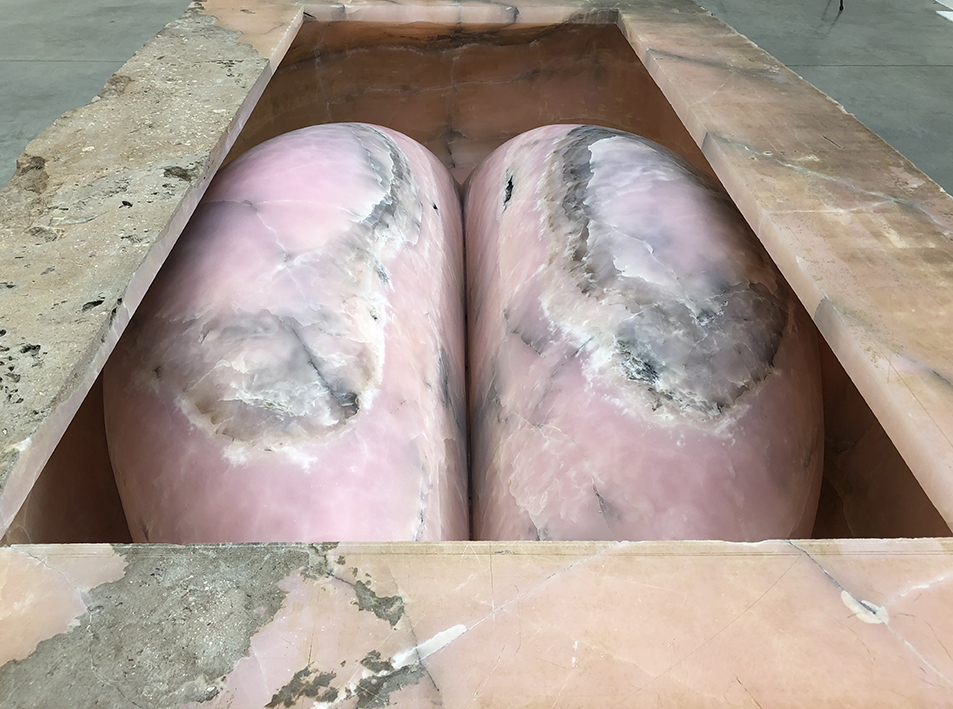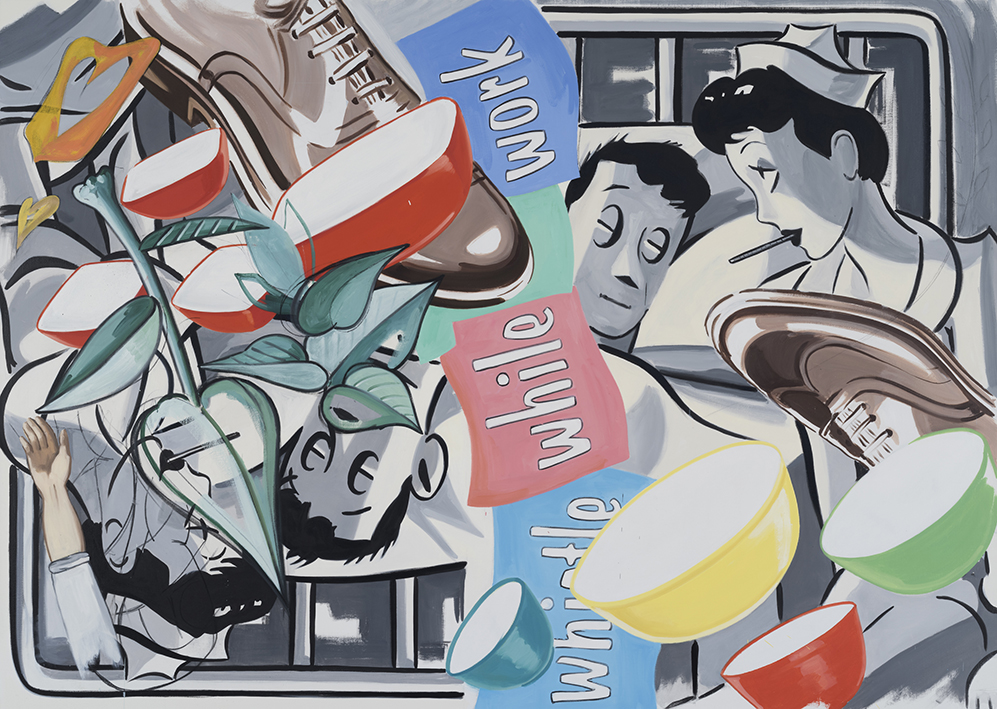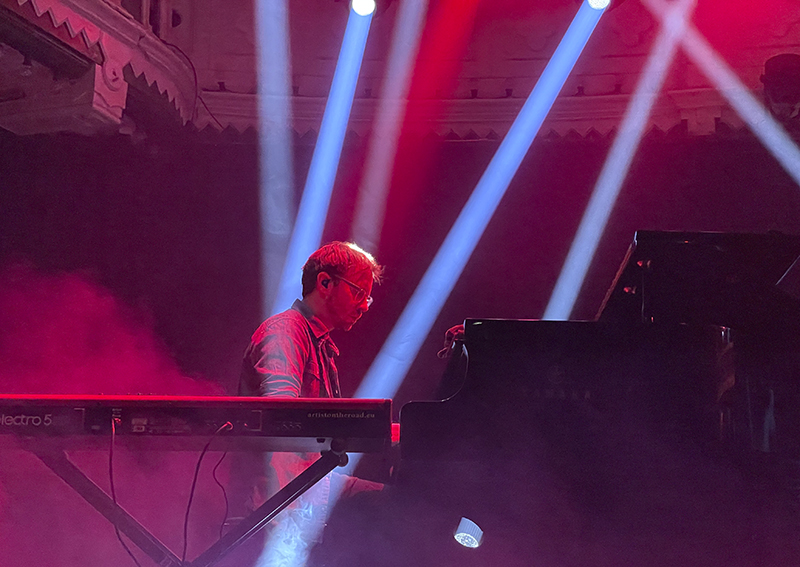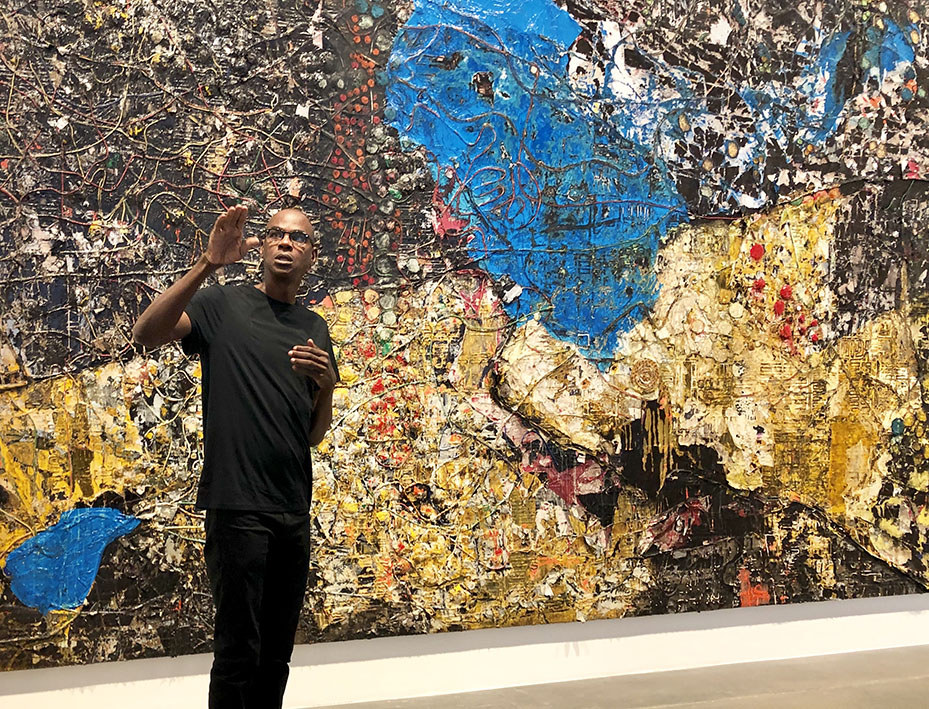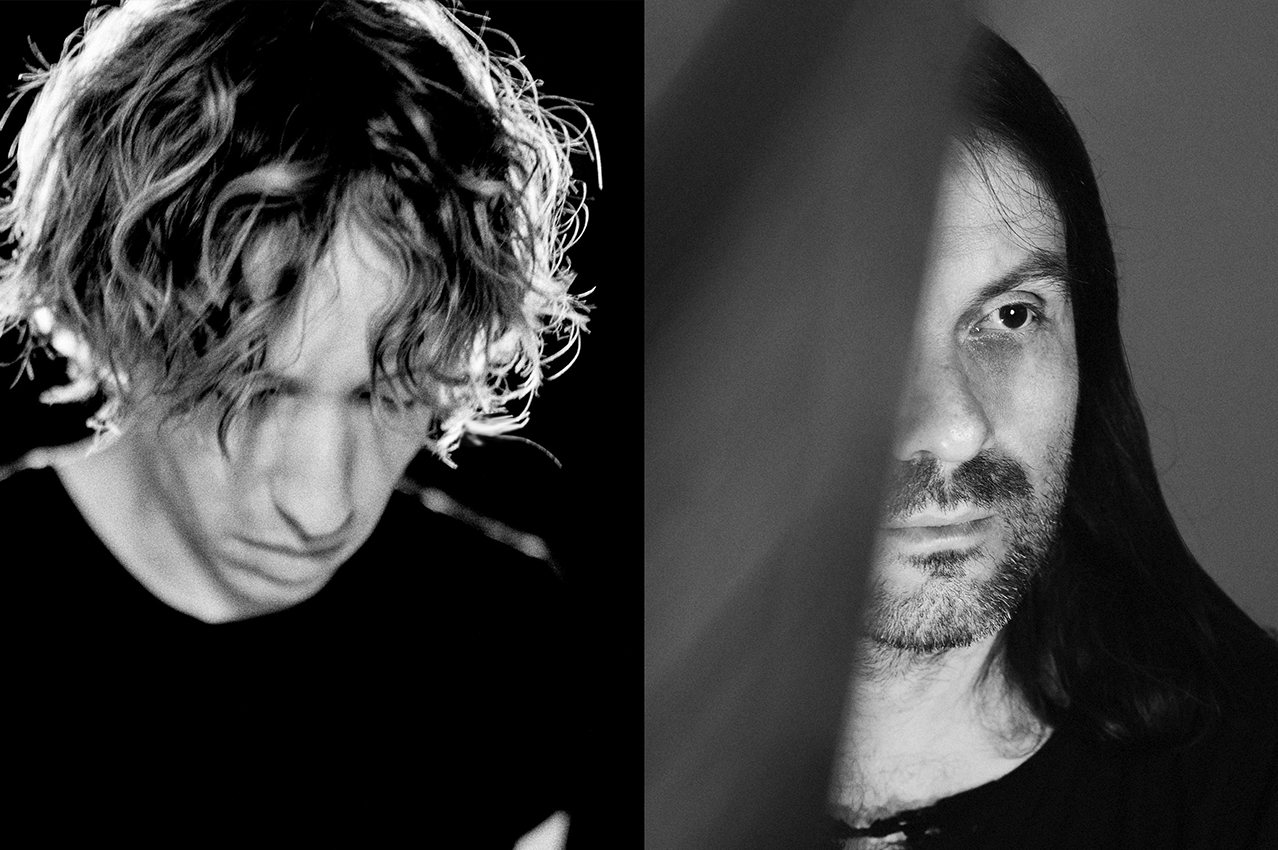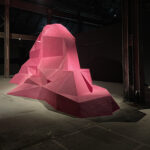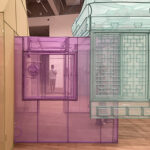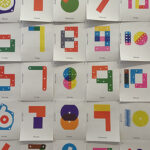
Music Liam Gillick – New Order
"The Sum of “us” is this equation". Visual artist, Liam Gillick on working with New Order on ∑(Νo,12k,Lg,17Mif): So It Goes, for the Manchester International Festival 2017.
After ten years, the Manchester International Festival organizers felt that one of the most important bands from Manchester, Joy Division/New Order, needed to be fully recognised. An early idea was to invite DJs to rework the band’s back catalogue and artists to create different visuals for each song. I was initially approached to be one of those artists. I didn’t think it was such a great idea and I told the organisers that I wasn’t not really interested in that, but I would like to do something with the band if possible. It turned out that Bernard Sumner, the lead singer of New Order, also wasn’t sure about the idea. We came together through lack of certainty and a desire to do something else. That’s how it began.
Last year, New Order performed with the Australian Chamber Orchestra with Joe Duddell, as arranger and conductor. In Manchester the band asked him to put together a synthesizer orchestra and suggested that I could provide a way to visualize everything. I was invited to come to Manchester for a meeting. It was quite nerve-racking because I respect the band a lot but I don’t know how they really work beyond the myths and stories. I know about the ego of architects, artists or even critics, but I don’t know the ego of musicians. When I arrived they were already waiting for me which was a really good sign and we immediately started working. Bernard had already drawn a grid as he wanted to work with grids. I think that’s good because it meant I was not starting from point zero.
Bernard has a lot of ideas. Stephen [Morris, the drummer of New Order] has a lot of technical knowledge and the others have a positive reinforcement, giving good feedback. They are used to working together so you become part of the discussion. I was included immediately in the same way as when they work with an extra musician, producer or designer. I became part of the process. Their working method is collectivist by nature based on trusting individuals to contribute to the mix. This way of working already existed during the days of Factory Records, where people acted upon their strengths and then everything came together. Even though there is a hierarchy [in working together] the band has worked hard to try and let people be free to do their thing within a structure.
The band members are a little bit older than me but they have asked me lots of questions. People with an ego who have worked effectively for a long time rarely ask so many questions. I’ve worked with many great architects and I can count the questions they have asked me on one hand. The band asked my opinion on all sorts of practical questions. There has not been one single situation where they have dictated what I should do – everything comes through testing and discussion. They never been nostalgic during the process. They talk about the present moment – they live in real time.
Talk about life
One of the great pleasures of meeting people who you admire or find interesting is to share a personal perspective on things other than art and music. We have talked about life, and families as well as cultural stuff. We share a common history growing up in Britain but have had a lot of different experiences along the way.
Very early on I wanted this to feel like a concert and not an art event. If this was primarily an art event then I would have had to disrupt everything about what the band do and they would have become just more art material and I didn’t want that. During our working process we didn’t really discuss art at all. I experienced none of the things that you usually get.
No one has asked me, “Where is the art part?” I think that is a very sophisticated thing to do because they know that I know that it’s not the question and that the art bit might be the series of concerts. I have been working with two amazing and very young programmers, Ryan Staplehurst and Matthew Lee. Along with New Order’s long time lighting specialist, Andrew Liddle and the rest of the technical team who built the set – we have all operated together on the production of an experience, a game with time and layering. The whole show is an analogue/digital game. A true deconstruction of the music that operates in real time and creates “real” illusion.
Part of my concept was a consideration of the whole event at the venue. I wanted the entrance to be as casual as possible. When you arrive you pass a long bar where it is very easy to order a drink. Then you enter the main hall and you can see the whole stage right away bathed in RGB lighting along with a special soundtrack created by original Factory DJ Dave Haslam, who is also a great writer. I didn’t want people to stand in front of a shut door and then suddenly be allowed in. I wanted a ‘soft’ arrival, like a classic concert but one that has been choreographed and adjusted.
Rehearsal process
Initially everyone rehearsed separately. The band rehearsed in the countryside and the 12-piece synthesizer orchestra from the Royal Northern College of Music rehearsed in the city. They worked on the set for weeks and finally came together for final run throughs at the venue itself. It was very moving to watch this moment.
I wanted a rehearsal run through of the whole set to get my programing in place but I had to wait. They were working hard to get the music right and I always felt that was the most important thing. They would keep stopping during run throughs, “Hang on a second, keyboard eight, there is a weird sound. What’s that weird sound?” We would have to stop the whole visual program and wait, but it was worth it.
It wasn’t until the day of the first concert at 3.30pm that we did a final run through of the whole set. And the set list can change up until the last minute.
We decided to use two titles: ‘So It Goes’ and an equation. A spoken title and a visual title. ‘So It Goes’ refers to the TV show Joy Division first appeared on and the equation is a representation of the self-imposed complexity of our working relationship. The sum of “us” is this equation. I came up with a complex formula but Bernard’s son, who is a data specialist, cleaned it up: ∑(No, 12k, Lg, Mif17). I still think it is an accurate reflection of the relationships here.
At Stage One, Old Granada Studios, Manchester, 6, 13 and 15 July.
Interview written an conducted by Thierry Somers
Images: John Super, copyright: Manchester International Festival

